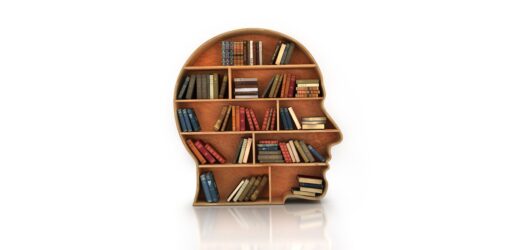When creating course materials, it is important to be as inclusive as possible. A common way of working to ensure that materials respond to different approaches to learning is to use Universal Design for Learning (UDL), which proposes inclusive course design. It is a framework that helps to make content, activities and assignments, and instruction accessible to students at different levels, with different abilities, and who take different approaches to learning. While this sounds straightforward and relatively simple, when one dives into the UDL literature and works to implement its guidelines, the task quickly starts to feel overwhelming—at least that's how it made me feel.
Getting Started on Big Change Projects: Applying Universal Design for Learning Principles
Related Articles
I have two loves: teaching and learning. Although I love them for different reasons, I’ve been passionate about...
Geniuses are inherently fascinating. The notion that a lucky few have innate abilities to push the boundaries of...
Teachers focus on developing students’ conscious learning and understanding of concepts, but there is a whole other dimension...
While much of online learning occurs through discussion board conversations, it can be challenging for students to offer...
“Why does my edition of Hamlet read ‘O, that this too, too sullied flesh would melt,’” my student...
After all, nearly every large language model (LLM) is good at summarizing readings, synthesizing large amounts of data...
In 1906, Francis Galton was visiting a livestock fair when he stumbled upon an interesting contest. Local villagers...








